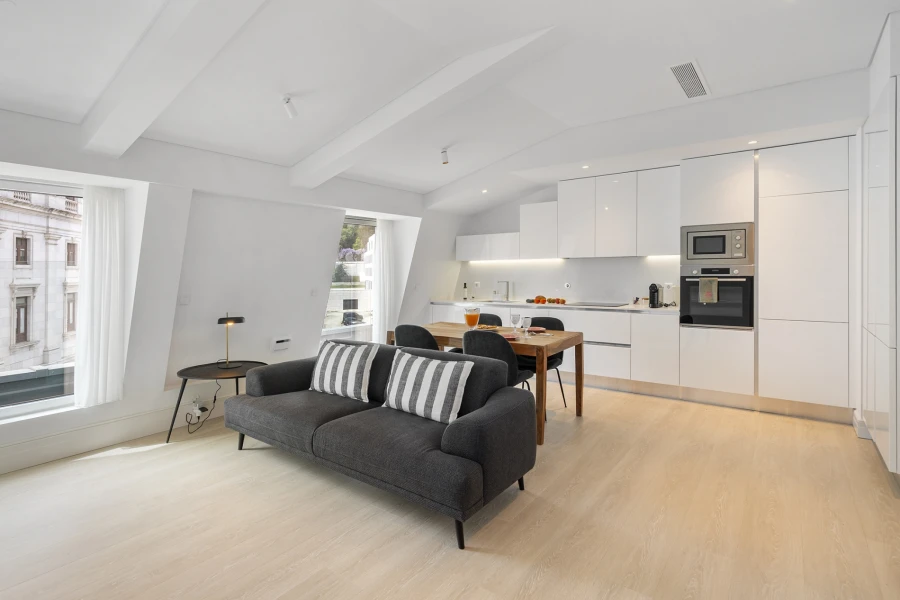
Your new hotel in Lisbon
The Hotel
Les Deux Mariettes offers the perfect blend of historical charm and modern luxury, making it an ideal retreat for discerning travelers seeking a sophisticated base in the heart of Lisbon.
about the hotel
Explore our Exquisite Suites
View SuitesA premium hotel in Lisbon's best neighborhood
Situated in the São Bento district, the hotel is in a prime location for those wanting to experience the authentic charm of Lisbon.
Enjoy Lisbon

Lisbon is romantic, literary, bohemian and the city of Fado. On each street, on each hill, on each street corner, you will have the chance to know more about the history of this amazing city.


